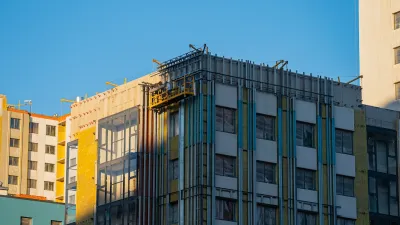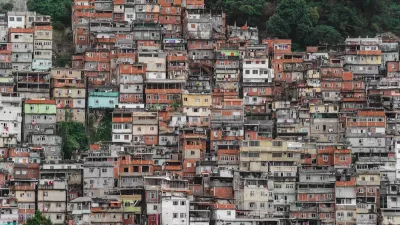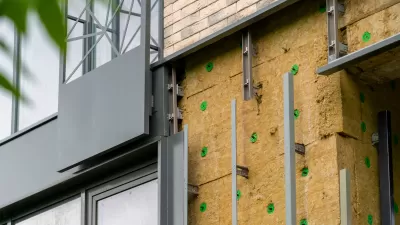Renovating old buildings instead of demolishing them as the better "green" option is preservation orthodoxy. But what if the decision between renovation and demolition is less than clear-cut?

Right at the beginning of this TreeHugger article by Lloyd Alter, the reader has been warned of forthcoming heterodoxy:
For years, this TreeHugger has been a proponent of preservation and renovation rather than demolition and replacement. But over the years I have renovated my own house twice, added a bit of insulation here and there but not enough to make a serious difference, because I wanted to retain that historic character of the wood and the windows. In the process I have probably spent as much money as I would have had I knocked it down and replaced it, and I have now "locked-in" fossil fuel consumption and carbon emissions, even though I pay a premium for "green" Bullfrog power and gas.
According to Alter, that choices were contrasted with a recent project by Bryn Davidson of Lanefab, which demolished an "asbestos laden fossil fuel hog" in favor of a new passive house. The key point for Alter is the "locked in" nature of emissions connected to buildings. Unlocking emissions from existing buildings is "really expensive and challenging," according to Alter.
"I keep saying, 'The greenest building is the one already standing,' but if we want a world of zero emissions, along with increased density and affordable housing, we might have to give up a bit of that "neighbourhood character" or other similar excuses that are often used to prevent new housing from being built, and learn from Byrn."
FULL STORY: Renovation or demolition? The question gets tougher every day

Alabama: Trump Terminates Settlements for Black Communities Harmed By Raw Sewage
Trump deemed the landmark civil rights agreement “illegal DEI and environmental justice policy.”

Planetizen Federal Action Tracker
A weekly monitor of how Trump’s orders and actions are impacting planners and planning in America.

Why Should We Subsidize Public Transportation?
Many public transit agencies face financial stress due to rising costs, declining fare revenue, and declining subsidies. Transit advocates must provide a strong business case for increasing public transit funding.

Understanding Road Diets
An explainer from Momentum highlights the advantages of reducing vehicle lanes in favor of more bike, transit, and pedestrian infrastructure.

New California Law Regulates Warehouse Pollution
A new law tightens building and emissions regulations for large distribution warehouses to mitigate air pollution and traffic in surrounding communities.

Phoenix Announces Opening Date for Light Rail Extension
The South Central extension will connect South Phoenix to downtown and other major hubs starting on June 7.
Urban Design for Planners 1: Software Tools
This six-course series explores essential urban design concepts using open source software and equips planners with the tools they need to participate fully in the urban design process.
Planning for Universal Design
Learn the tools for implementing Universal Design in planning regulations.
Caltrans
Smith Gee Studio
Institute for Housing and Urban Development Studies (IHS)
City of Grandview
Harvard GSD Executive Education
Toledo-Lucas County Plan Commissions
Salt Lake City
NYU Wagner Graduate School of Public Service





























